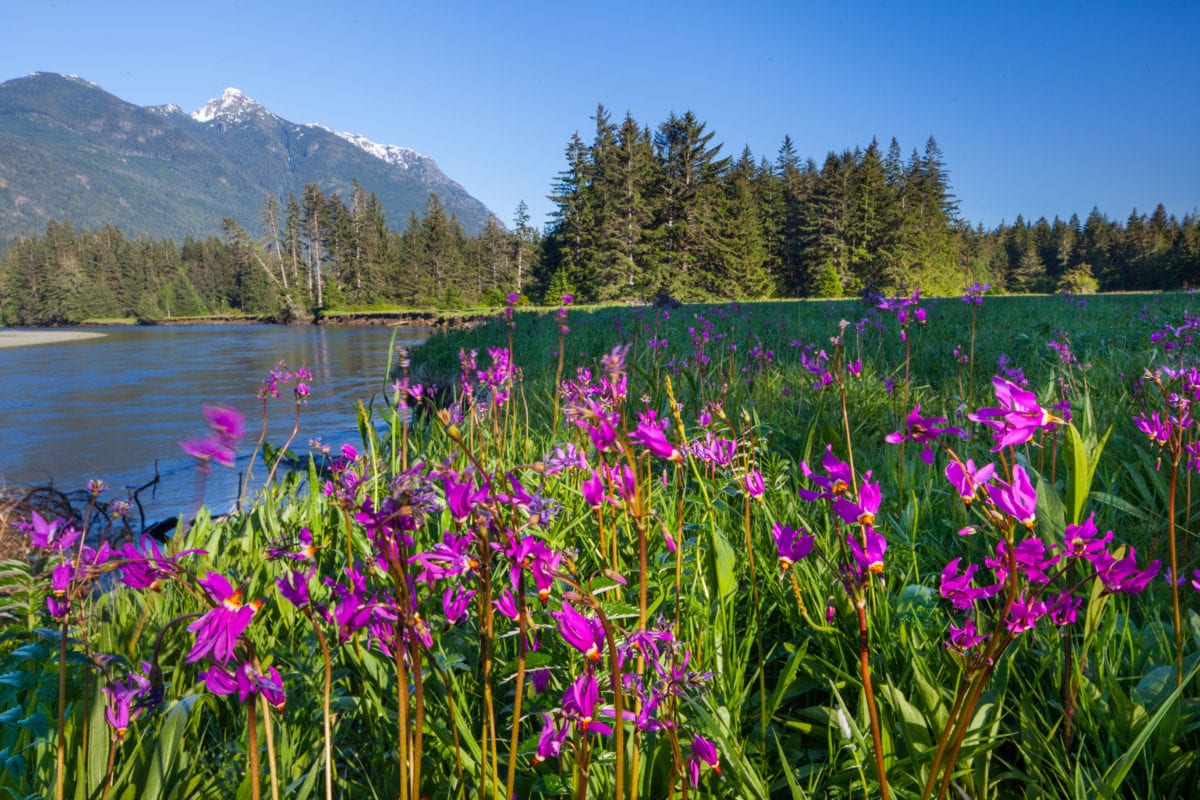
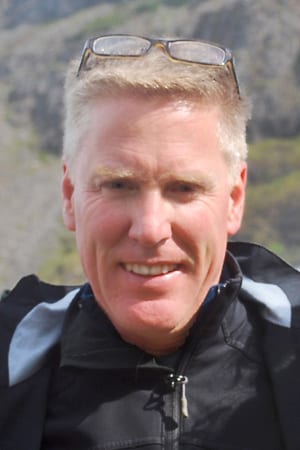
A partnership through time
Brian Springinotic led the Habitat Conservation Trust Foundation (HCTF) as its Chief Executive Officer for seventeen years. During his tenure, Brian became an expert at identifying the hallmarks of successful conservation organizations. He also discovered the importance of a partnership mindset between administrators of grant programs like HCTF and grant recipients like The Nature Trust of British Columbia.
Now recently retired, Brian shared his observations, concerns and hopes for the future of conservation in our province with The Nature Trust of BC.
When did you first encounter The Nature Trust of BC and what was your impression?
My first contact with The Nature Trust of BC was in the mid-90s when I was working in the provincial government’s Land Management unit. Then when I joined HCTF in 2003, I think The Nature Trust was the first acquisition project we funded. It became our closest partner in terms of purchasing and appropriately managing important conservation land. Our partnership and collaboration have continued for 40 years.
The genesis of The Nature Trust of BC is interesting. It came into being to celebrate British Columbia’s entry into confederation. The National Second Century Fund, as it was then called, was funded by the Federal government. It was a spark of an idea initiated by Prime Minister Pierre Trudeau.
At the beginning, Pierre Trudeau tapped Major General, Bert Hoffmeister, retired CEO of MacMillan Bloedel, and conservationist, to lead The Nature Trust. He brought together pre-eminent scientists like Dr. Ian McTaggart-Cowan whose skill and magic touch put him in a league of his own, and the brilliant Dr. Bert Brink, pioneer conservationist who had an incredible knowledge of the province. That’s a powerful combination of attributes.
The Nature Trust of BC has carved a space in B.C. that is unique because it is rooted in the creation story of the province. For me it’s one of the fantastic elements of The Nature Trust. Nobody else has that story. It makes The Nature Trust of BC stand apart.
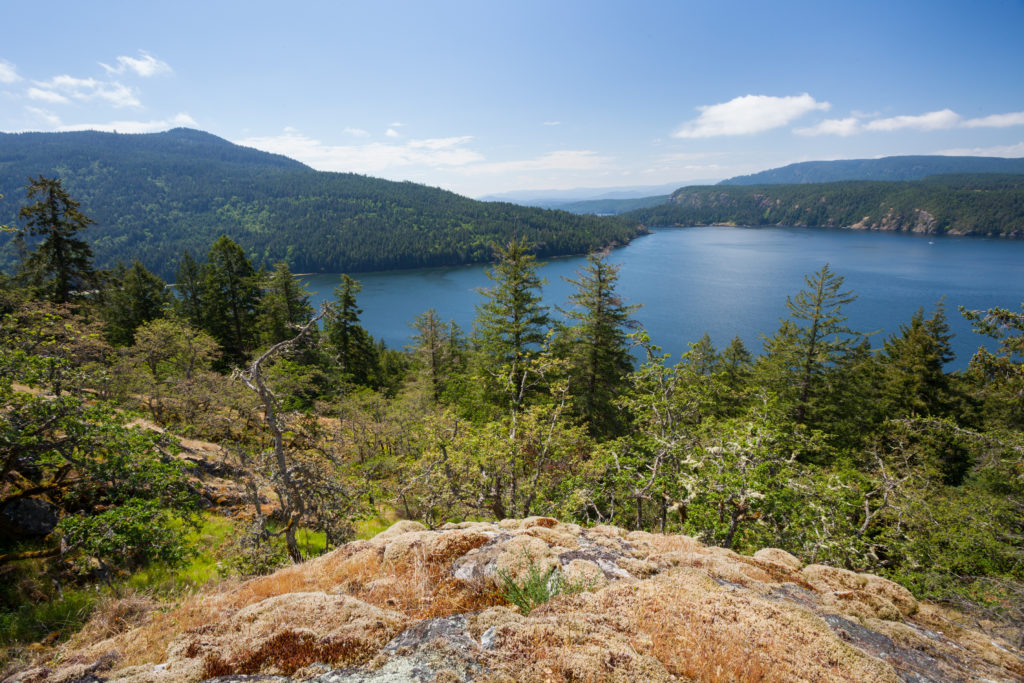
What changes have you seen in conservation since those early days?
I’ve seen three significant changes: the way society views conservation, the sky rocketing price of real estate, and the contextual change in environmental issues.
As a society we seem to pay less and less attention to conservation and there’s hard data to support that. There used to be reasonable numbers of caribou, for example, and now they are a family of species that is starting to disappear in my lifetime. There used to be thousands of steelhead returning to the southern part of the province. In recent years we have seen a steep decline in fish returns. We know we are losing these species yet we seem to value conservation less and less. The landscape in B.C. is becoming more industrialized. And every time you look there’s more development that is going to affect somebody’s habitat. So increasingly, species are pushed off the land base because of habitat loss.
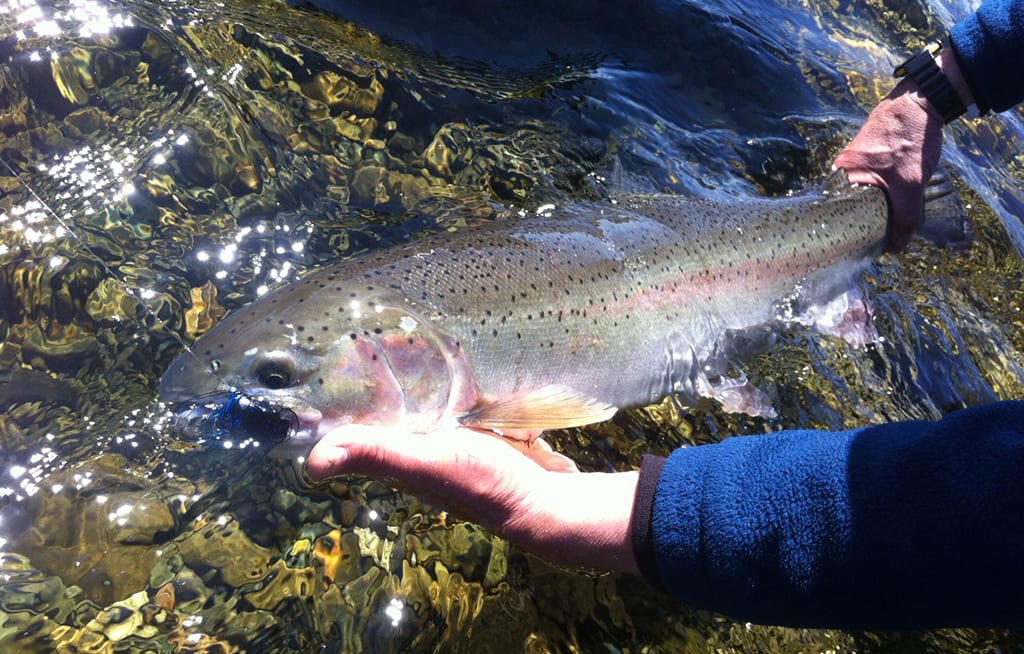
Steelhead salmon
Only six per cent of land in B.C. is privately held and available for purchase. It is the land in populated areas, the land with places critters want to live. The Nature Trust is competing in the same real estate market as everyone else. It buys scarce, undeveloped land and has to pay full market price for it.
At the same time, The Nature Trust properties are being encroached upon by invasive species and other impacts that erode the value of their investment. The Nature Trust has to deploy expertise, money, time, energy and materials in a tremendous land management effort to look after these properties.
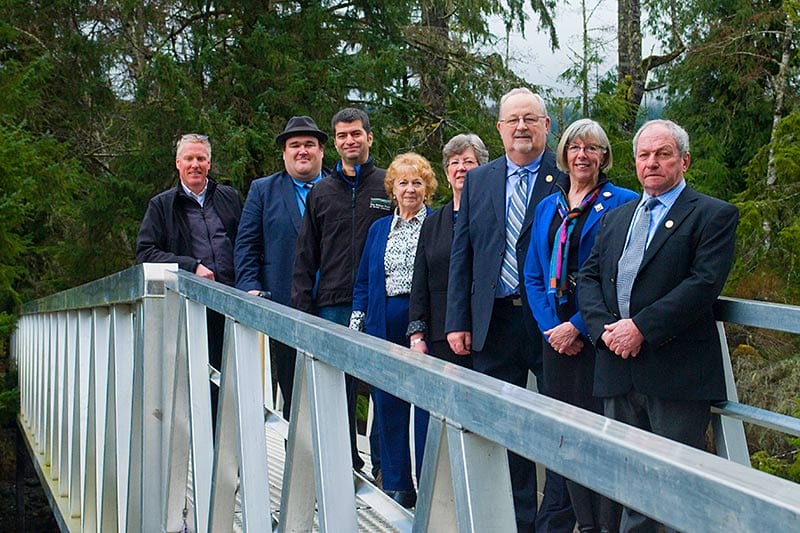
What attributes do you think have contributed to The Nature Trust’s success?
Nobody’s pockets are deep enough to buy land, look after it and cover all the costs of doing business. The Nature Trust has the ability to collaborate. And one of the by-products of collaboration is that people want to deal with you. It’s an art and a skill that The Nature Trust has fostered to a high degree within the organization.
Another hallmark of The Nature Trust is that they are a respected and trusted entity. They have a collaborative relationship with the provincial government which looks to them for expertise and knowledge. It puts them on the ground in a community based collaborative relationship with government. Very few organizations in the province have that; it’s unique or at least highly unusual.
Most importantly, The Nature Trust is very stable and there are benefits to stability. There’s not a lot of staff turnover. This is a function of the board’s oversight and the professionalism of the staff. They are constantly gaining valuable experience and applying these lessons to their conservation action. That stability and building of expertise is not that common. It’s one of the key elements of a successful, professional organization that’s been around for nearly 50 years.
Do you consider The Nature Trust’s land acquisition approach unique?
Absolutely. Their land acquisition policy is a central defining aspect of The Nature Trust and no one else’s. The Nature Trust’s Board of Directors is comprised of renowned scientists and highly-regarded business leaders. They know they have to approach each land acquisition from a scientific and a business perspective. They have to have the money. That’s a recognition of the practical realities of operating a conservation organization in this province. You need to be strong on both sides of the ledger because if you’re not, you’re not going to survive. That’s another aspect of The Nature Trust that has sustained them through time and continues to sustain them today.
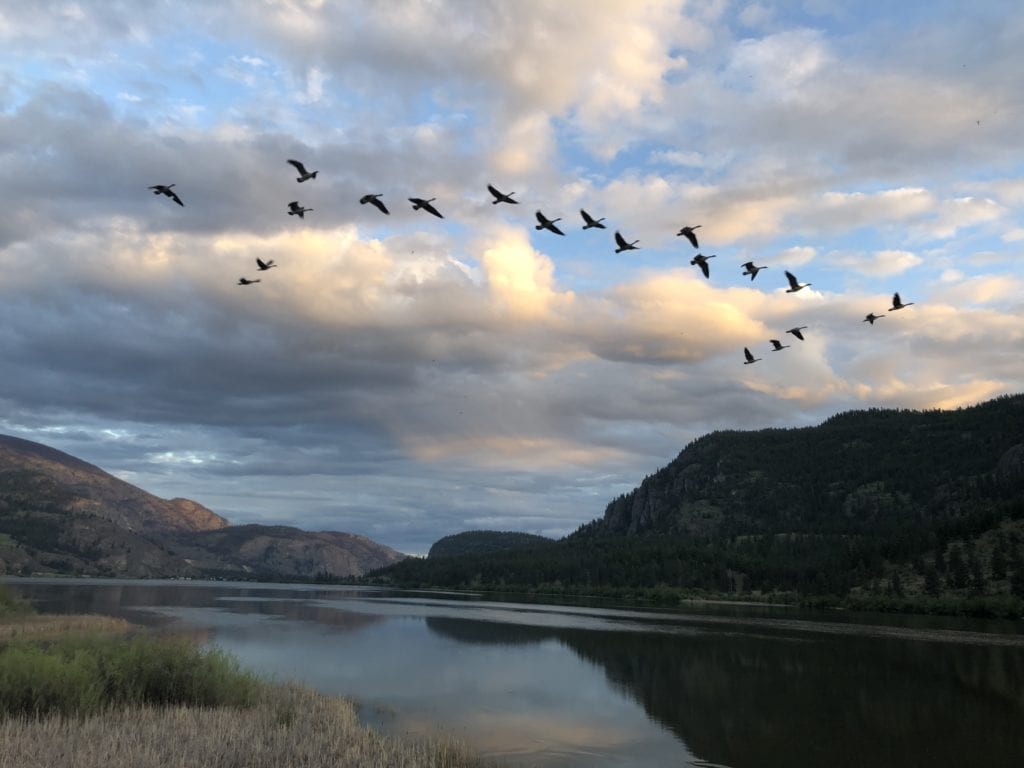
How do your personal interests in the outdoors align with The Nature Trust’s work?
I grew up fishing and hiking in the hills around Vernon, B.C. I have always had a visceral connection with certain landscapes. I worked in the forest industry, then studied geography and land use planning at the University of Victoria. I loved the mountains from the Selkirks to the Monashees. Sometimes it’s depressing to go back to some of those places and see how they look now. But I’ve also been to places that were trashed 20 years ago and have been restored. It makes you think about The Nature Trust and the tremendous amount of restoration work they do on the land that they acquire. The restoration piece doesn’t get talked about as much but it is an art and science in itself. You can see how resilient the land can be with the right kind of application of science, effort and money.
Do you have any advice of parting words for The Nature Trust?
They are pros and they have been pros for nearly 50 years. That’s a function of a tremendous amount of work, focus and commitment. I hope as The Nature Trust celebrates its 50th anniversary they’ll toot their own horn a bit. This is a time to celebrate a unique made in B.C. story.
